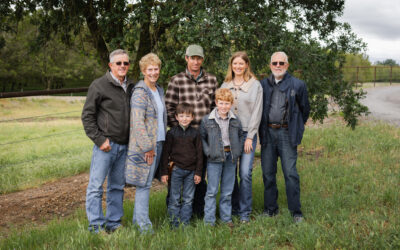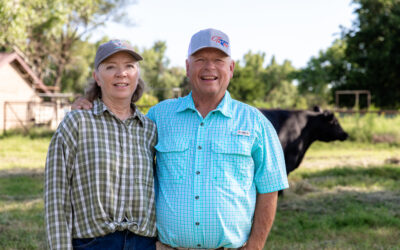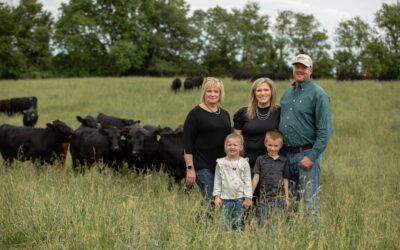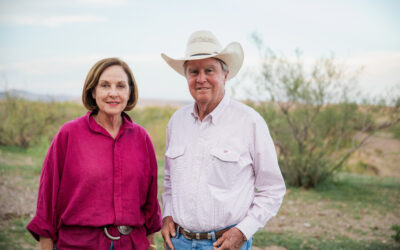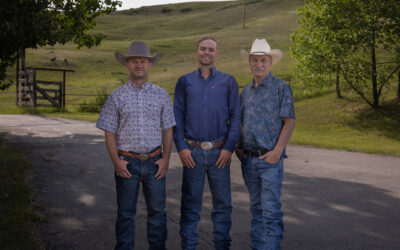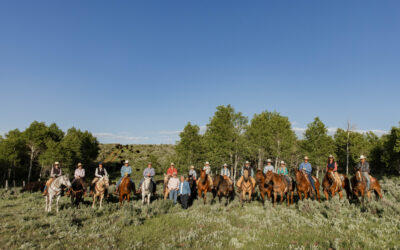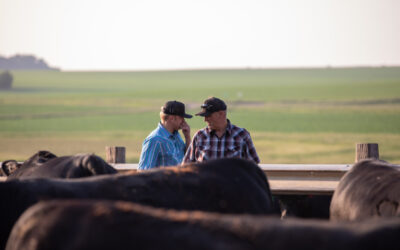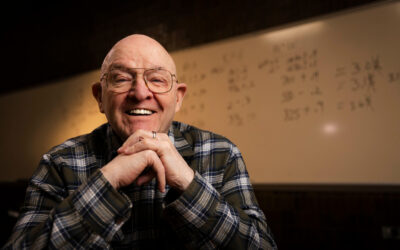Foundation not easily shakin’
“Hey there, kid, what’s shakin’?”
I had exactly one conversation with Herb Holzapfel before he began answering my phone calls like this.
I teased he had a voice for radio. He shrugged. If so obliged, it’s not that he wouldn’t fit voiceover work into his already booming schedule; rather, he’s just not interested. He’ll stick to his rice, airplanes and cattle.
Always the cattle.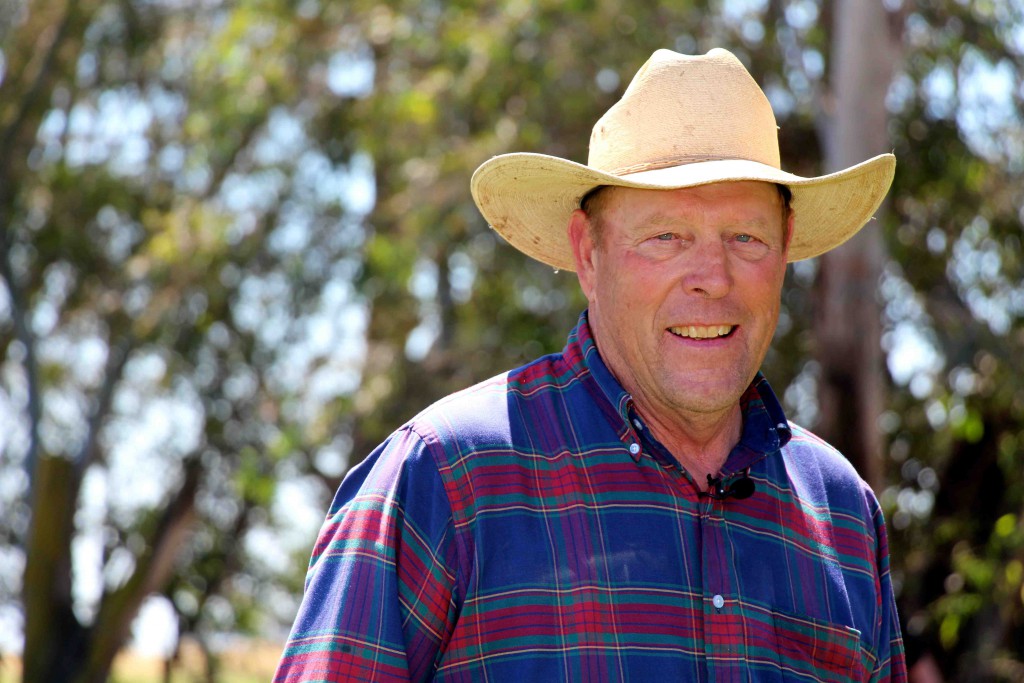 “I’d rather lose money than give up my cows,” he says, standing among a herd he affectionately calls his “girls” as they rest in the shade. Neither is the case for the Willows, Calif., rancher but it’s often a response to those who suggest he reverse his ratio of grazing pasture and rice fields.
“I’d rather lose money than give up my cows,” he says, standing among a herd he affectionately calls his “girls” as they rest in the shade. Neither is the case for the Willows, Calif., rancher but it’s often a response to those who suggest he reverse his ratio of grazing pasture and rice fields.
Holzapfel sits on a goldmine, after all. The lush Sacramento Valley land where he was born and lives rests on a particular soil type conducive for rice farming – sticky rice to be specific – and it and nearby tracks supply 80% of demand for sushi restaurants worldwide.
All that’s to say, the Angus cattle still get first dibs. Rice is for the off-season.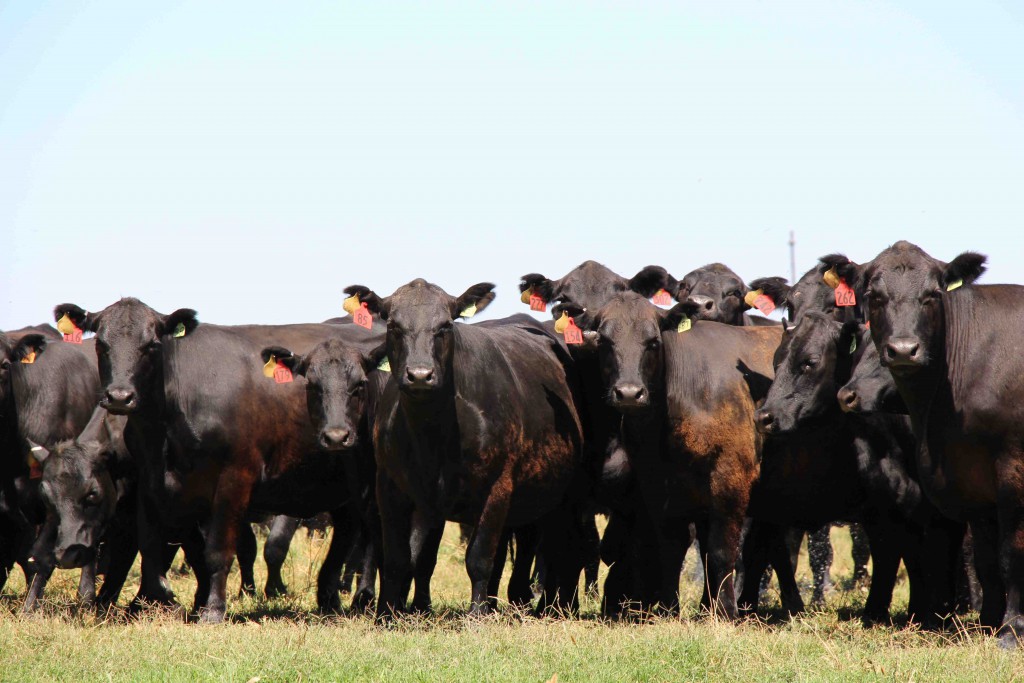
Years that followed were for growth and expansion. Limitations that came his way were viewed as opportunities rather than roadblocks; his memory full of challenges he’s met and conquered.
- Construction costs too high, “We’ll build the house ourselves.”
- Equipment loans too bleak, “I’ll get on the bank board.”
- Bull too expensive, “I’ll breed my own.”
The last set in motion an established commercial AI program that spans more than 40 years and causes orders for breeding stock to fill a year in advance. With his mature cows (some 15 and 16), it’s not unusual to reach an 80% success rate through AI.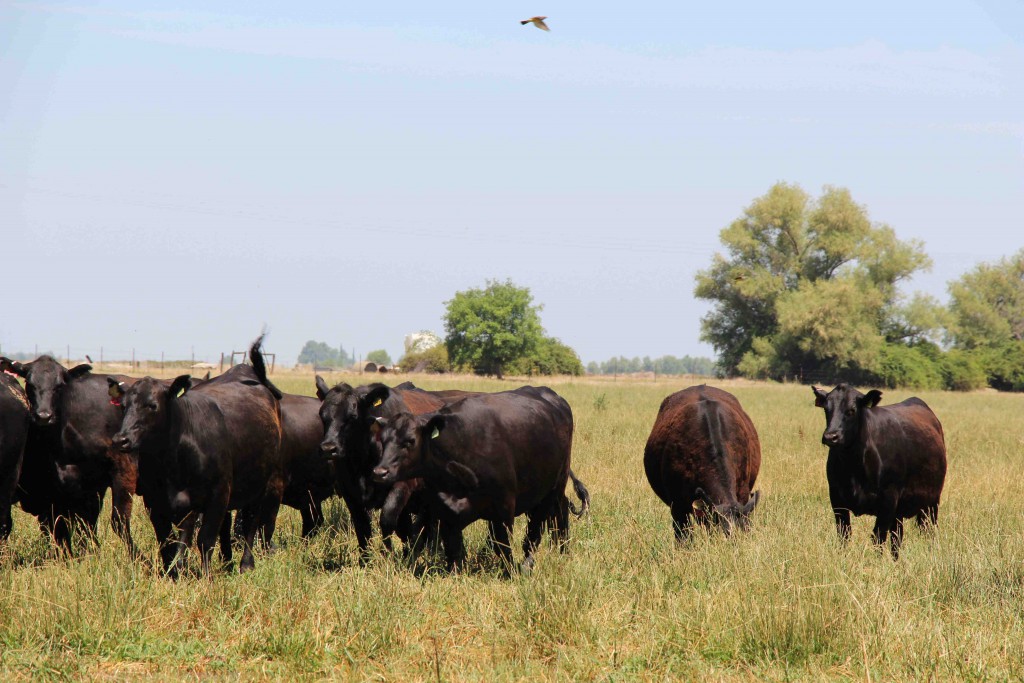
Not to mention the value of getting rid of those that don’t meet expectations.
“My biggest culling criteria is fertility,” he says.
Carcass is important as udders, feet and longevity fall in behind functionality. Selecting bulls with birth weight (BW) expected progeny differences (EPDs) in the 3.0 to 4.0 range makes for more pounds of beef, he says, noting some cows have done well with calves from a bull with a 4.9 BW. Genex published reports say his steers perform, too, with 60% to 70% producing Certified Angus Beef carcasses.
If it weren’t for his AI program, “I’d be forced to go out of the cattle business.”
Thanks for allowing me to tell your story,
Laura
You may also like
Legacy in the Golden Land
On a quiet stretch of Northern California rangeland, a different story unfolds. The Borror family’s legacy modestly speaks through the cattle they raise, the ground they steward. The generations who’ve made a life here demonstrate commitment to doing things right, even when no one is watching.
Helping Hands, Helping Herds
“When I die, I want to come back as one of your cows,” murmurs a friend to Steve Zybach. Full to the brim from an alfalfa ration every day, bountiful fields of lovegrass stretched out across the Texas Panhandle—and owners who leave no ounce of cattle care up for question. The Zybachs’ motivation for this level of dedication to their Angus cattle is simply love.
An Ambassador for All
Joanie, with daughter Lindsey and her husband, Adam Hall, raise registered Angus cattle with two primary goals: producing high-quality seedstock that perform well in a wide variety of environments and ensuring end-user satisfaction. Those goals tie everything together, from promoting Angus to other producers to sharing their story with CAB partners and beef consumers.
An Unforgiving Land
What makes a ranch sustainable? To Jon, it’s simple: the same family, ranching on the same land, for the last 140 years. The Means family never could have done that without sustainability. Responsible usage of water, caring for the land and its wildlife, and destocking their herd while the land recovers from drought.
Double Down on Angus
South of Calgary, Alberta, brothers Austin and Malcolm Cross carry on a century-old family history. Their great-great-grandfather staked his future on this land. Today, the Cross brothers are building one of their own—with Angus cattle that not only perform in the harsh environment but consistently meet the highest standards for beef quality.
A Means to an End
For Willis Ranch, the best Angus cattle thrive in the high desert and produce calves that can become productive replacement females or high-quality carcasses. Every year, calves are better because of their investment in tools like GeneMax and AngusLink. But behind it all is one man’s perfectionist mindset that keeps the entire family moving in the same direction.
System Over Scale
For Dallas Knobloch, it’s not about being the biggest feedyard—it’s about building a high-quality system that works. Today, with Tory’s wife Sadie and daughter Ivy, the Knobloch family owns and operates 4K Cattle. They feed 2,500 cattle at eight locations within 10 miles of home, manage 1,000 acres of crops and run a 125-head cow herd, all near Hills, Minn.
Purpose Follows Passion
A chance opportunity. A change in career direction. And meat science was changed forever. Dr. Gary Smith originally had no plans to become a meat scientist. But thank goodness he did.
From Modest Beginnings to Excellence
Gilchrist Farm recently received the 2024 Certified Angus Beef Canadian Commitment to Excellence award. This prestigious honor recognizes their exceptional achievements in high-quality Angus genetics and management. Over the years, they have transformed their operation by embracing superior Angus genetics. Their commitment to high standards and innovative practices has distinguished them as a model of excellence in the industry.
From White House to Farmhouse
At Pleasant Valley Farm in Brookville, MD, four generations of the Stabler family have blended tradition and innovation to create a thriving, diversified Angus operation. Honored with the Ambassador Award at the 2024 Certified Angus Beef (CAB) Annual Conference, the Stablers exemplify a commitment to sustainable farming, community engagement and educational outreach. Their significant contributions to the hosting on behalf of the CAB brand highlight their commitment and play a key role in receiving this award.

